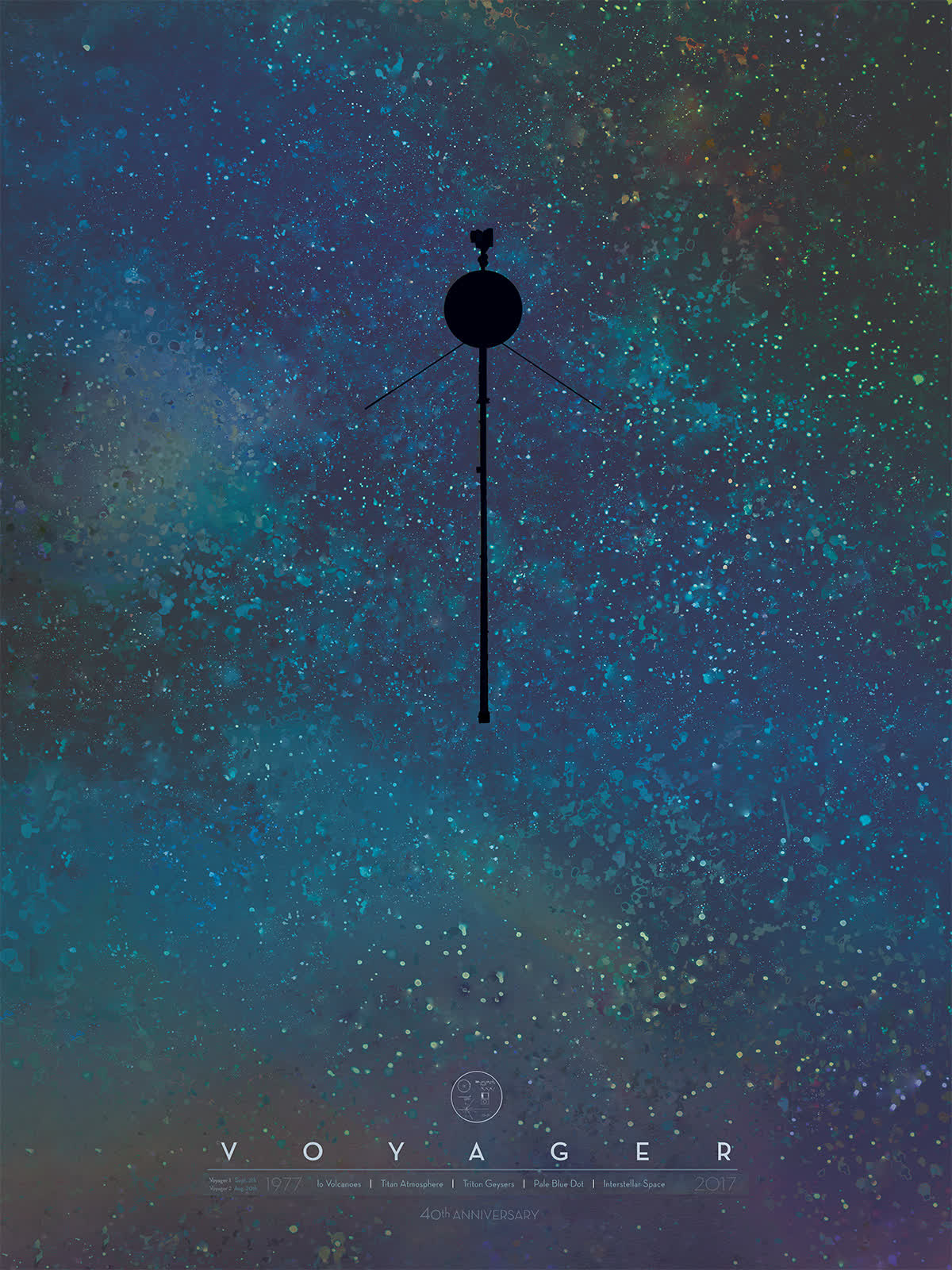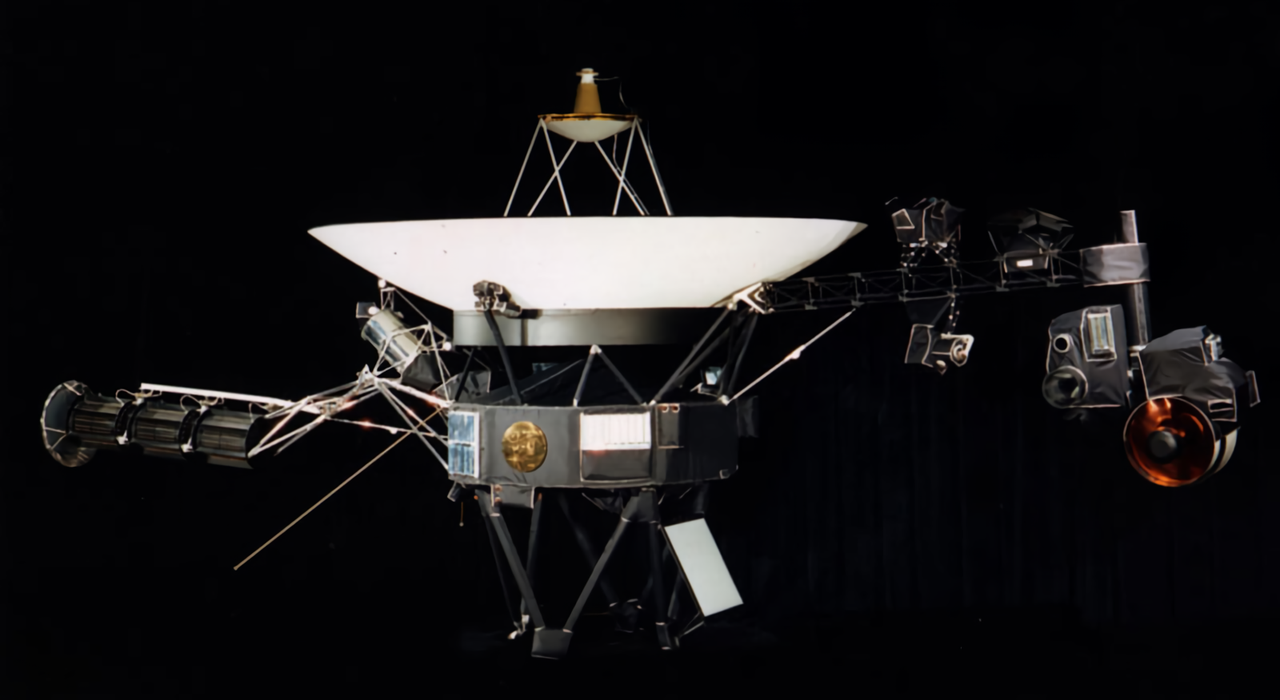The big picture: Voyager I is one of two craft operating in interstellar space – the other being its twin, Voyager 2, which left Earth 16 days before Voyager 1 back in 1977. According to NASA, Voyager I is the most distant human-made object ever. As of January 2024, the craft was about 15 billion miles from Earth and was moving at a velocity of about 38,000 mph relative to the Sun.
Back in November, NASA's Voyager 1 space probe lost its ability to send back telemetry data to flight engineers here on Earth. Without it, the probe and the agency in charge of it are essentially flying blind.
In February, NASA said the problem was related to the craft's Flight Data Subsystems (FDS), which is responsible for gathering data from each of the probe's science instruments and bundling it into a neat package for transmission back to Earth. Once grouped, the package of data is passed along to the telemetry modulation unit and a radio transmitter for the long journey home.

The team thought it might be dealing with an issue caused by corrupted memory within the FDS. To test the theory, NASA sent a "poke" command that prompted Voyager I to beam back a readout of the FDS memory. Armed with this data, NASA was able to determine that approximately three percent of the FDS memory is corrupted and is the root cause of Voyager's issues.
NASA said in a recent update that team members suspect a single chip is faulty, although engineers aren't sure what caused it to go bad. One possibility is that it was struck by an "energetic particle" from space. Optionally, the chip may have simply worn out after 46 years of service.
The good news is that engineers are optimistic that they will be able to find a way to bypass the faulty memory and get the FDS back up and running normally, thus allowing the probe to resume sending science and engineering data back to Earth. It could take weeks or even months, however, NASA warned.
